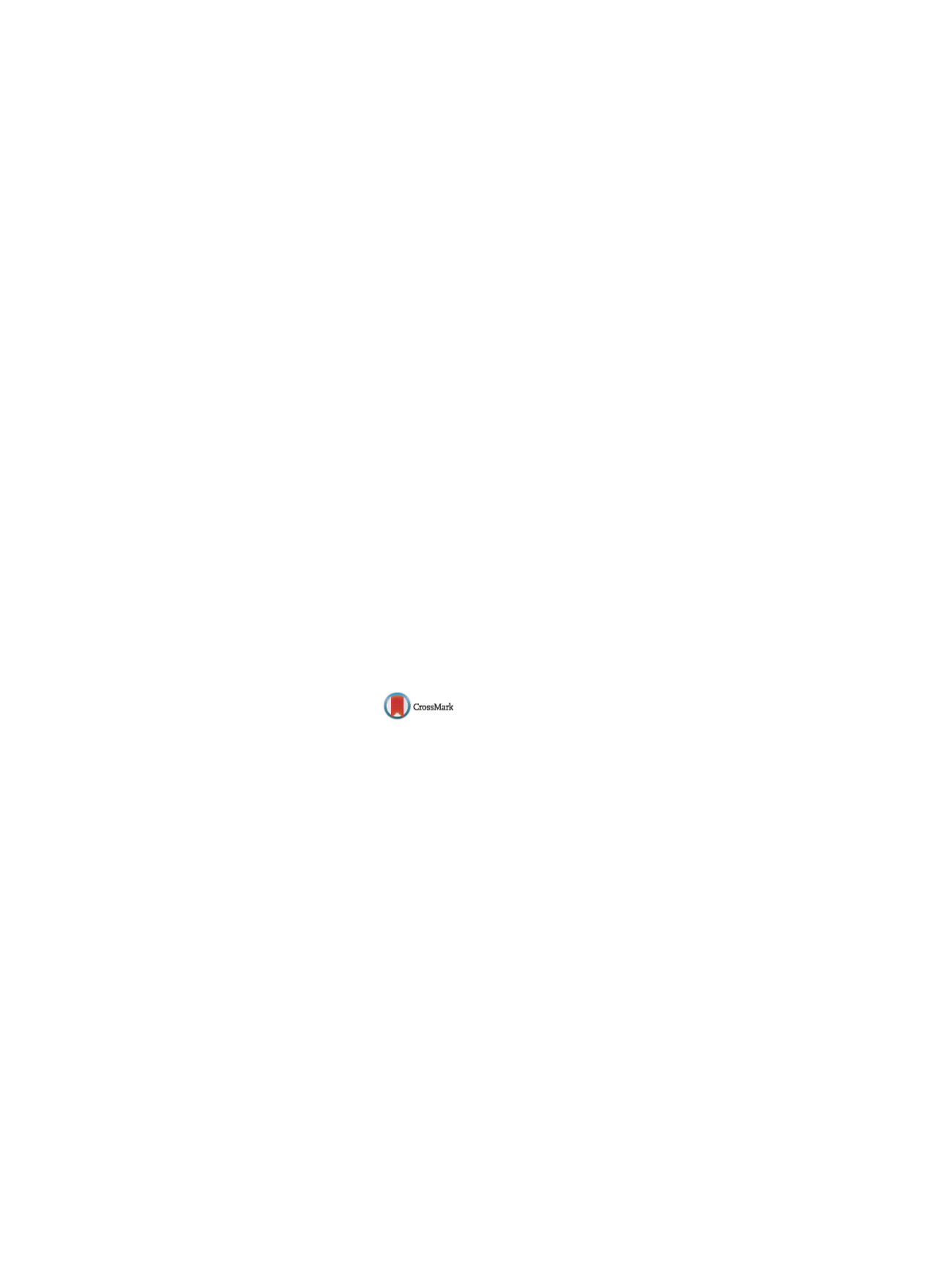

S8
Abstracts / Journal of Clinical Virology 82S (2016) S1–S142
vided blood samples (EDTA and serum). A rapid HIV antibody
screening assay (Alere Determine
TM
HIV1/2) was performed. If
positive, an established HIV infection was diagnosed. If negative,
both an HIV-RNA test (GeneXpert, Cepheid) and a 4th generation
HIV antigen/antibody (Ag/Ab) test (Murex HIV Ag/Ab on LiaisonXL)
were performed, according to instructions of the manufacturer. If
an individual tested HIV-RNA positive but HIV antibody/antigen
negative, or indeterminate (defined as only p24 antigen positive),
he was considered having AHI. In that case he was offered same day
anti-retroviral therapy awaiting confirmation by Western blot.
Results:
From August 2015 through April 2016, a total of 142
MSM presented for AHI testing of whom 101 MSMwere eligible. Of
these 101 men, 59.4% were referred by the website/intervention
campaign, 7.9% was referred by their GP and 32.7% via routine
screening at the STI clinic. The median age was 32 years (IQR
25–42). All were negative in the rapid HIV antibody test, but 3/101
were indeterminate in the HIV-1 Ag/Ab test, with only p24 anti-
gen positive. All 3were also positive in the HIV-RNA GeneXpert
test. These individuals were diagnosed with AHI and referred to an
HIV treatment centre the same day, where they were counselled
for immediate start of treatment. The other 98 samples were HIV-
RNA negative, in concordance with results from the 4th generation
Ag/Ab assay. The average turnaround time between intake and test
results was 3 h.
Discussion/conclusion:
Thus far, 3 individuals were diagnosed
with AHI through the referral and rapid AHI test trajectory. Addi-
tion of the HIV-RNA rapid test to routine serological testing ensured
same day results and immediate start of treatment. The instalment
of this trajectory and testing of a larger number of individuals pro-
vides the opportunity to evaluate further (cost)effectiveness.
http://dx.doi.org/10.1016/j.jcv.2016.08.014Abstract no: 129
Presentation at ESCV 2016: Oral 14
Evaluation of HIV-DNA, soluble CD14 and
inflammatory markers in HIV-1 positive
patients receiving antiretroviral therapy
Ombretta Turriziani
1 ,∗
, Francesca Falasca
1,
Isabella Bon
2 , Laura Mazzuti
1 , Giulia Tranquilli
3 ,Ivano Mezzaroma
4, Gabriella D’Ettorre
3,
Mauro Bucci
1, Maria Carla Re
2, Vincenzo Vullo
3,
Guido Antonelli
11
Department of Molecular Medicine, Sapienza
University of Rome, Italy
2
Department of Experimental, Diagnostic and
Specialty Medicine, School of Medicine, University of
Bologna, Italy
3
Department of Public Health and Infectious
Diseases, Sapienza University of Rome, Italy
4
Department of Clinical Medicine, Sapienza
University of Rome, Italy
Antiretroviral therapy (ART) suppress viral load but, even with
long-term effective treatment, HIV infected individuals may have
persistent residual viremia (RV) and, low grade inflammation and
immune activation that have been associated with non-AIDS defin-
ing events. The impact of persistent RV as well as of HIV DNA load
on immune activation/inflammation remain unclear.
The purpose of this study was to gain new insights into the rela-
tionship between residual viremia, markers of inflammation and
the levels of HIV DNA.
Three-hundreds-twenty-one HIV-1 infected patients, fromPoli-
clinico Umberto I Sapienza University Hospital, were analyzed
retrospectively for 48 months. Patients were grouped according
to their viral load (VL) observed during the follow up: Group I:
patients with a sustained undetectable viremia (
n
= 113); group
II: patients who had at least 2 values of VL detectable but below
the threshold value (
n
= 113); group III: patients with at least 2
values of VL over the threshold value but below 200 copies/ml
(
n
= 95). Patients had been on ART for a median of 15 years (IQR
9-19 years). HIV RNA load was quantified using the kinetic PCR
molecular system (Versant HIV-1 RNA 1.0 kPCR; Siemens Health-
care). Proinflammatory cytokines TNF- , and IL-6 and microbial
translocation marker sCD14 were evaluated by ELISA assay (Enzo
Life Sciences). Limit of detection were 15.63 pg/ml, 7.81 pg/ml and
1 g/ml for TNF-alpha, IL-6 and sCD14, respectively. Quantification
of total HIV-1 DNA was performed by using the “Generic HIV DNA
Cell” Kit (Biocentric).
Therewas no difference in the proportion of patientswith TNF-
>15.63 pg/ml among groups as well as no difference were detected
in TNF levels >15.63 pg/ml. Interestingly, the proportion of patients
with IL-6 > 7.81 pg/ml were higher in group I than in group III
(35% vs 17%;
p
= 0.005) while IL-6 levels >7.81 pg/ml were signif-
icantly higher in group III than in group I [28 pg/ml (IQR 13–45) vs
15.5 pg/ml (IQR 10-30);
p
= 0.0047 by Mann–Whitney with Bonfer-
roni correction;
p
= 0.016 by Kruskal–Wallis]. Significantly lower
levels of sCD14 were detected in group I [7.25 g/ml (IQR 2.7 to
<10) and in group II (8.8 g/ml) (IQR 3.6 to >10)] compared to the
median sCD14 level in group III [10 g/ml (IQR 4 to >10)], as well
as significant difference was detected between groups I and II. A
higher percentage of patients, with sCD14 levels greater than high
limit of quantification (10 g/ml), was detected in group III com-
pared to group I and II (58% vs 15%,
p
< 0.0001; 58% vs 35%,
p
= 0.001).
Again, a significant difference was observed between group I and
II (15% vs 35%,
p
< 0.001). The quantification of HIV DNA revealed
that in patients with detectable viremia the HIV DNA levels were
significantly higher than those detected in individuals with unde-
tectable plasma viremia [group III: 15.3 copies HIV DNA/10
6
PBMC
(IQR 12.0–17.1) vs group I: 12.1 copies HIV DNA/10
6
PBMC (IQR
9.4-14.2),
p
< 0.0001; group II: 14.2 copies HIV DNA/10
6
PBMC (IQR
12.4–15.8) vs group I,
p
= 0.001].
In conclusion this study indicated that low/minimal levels of
viremia are associated with more elevated levels of sCD14 and
IL-6. In addition a higher intracellular viral load wad detected in
individuals with low/minimal viremia than in patients showing a
full virological suppression. Further studies are needed to carefully
establish whether the above markers may represent prognostic
indicators of progression of the inflammatory disease.
http://dx.doi.org/10.1016/j.jcv.2016.08.015

















